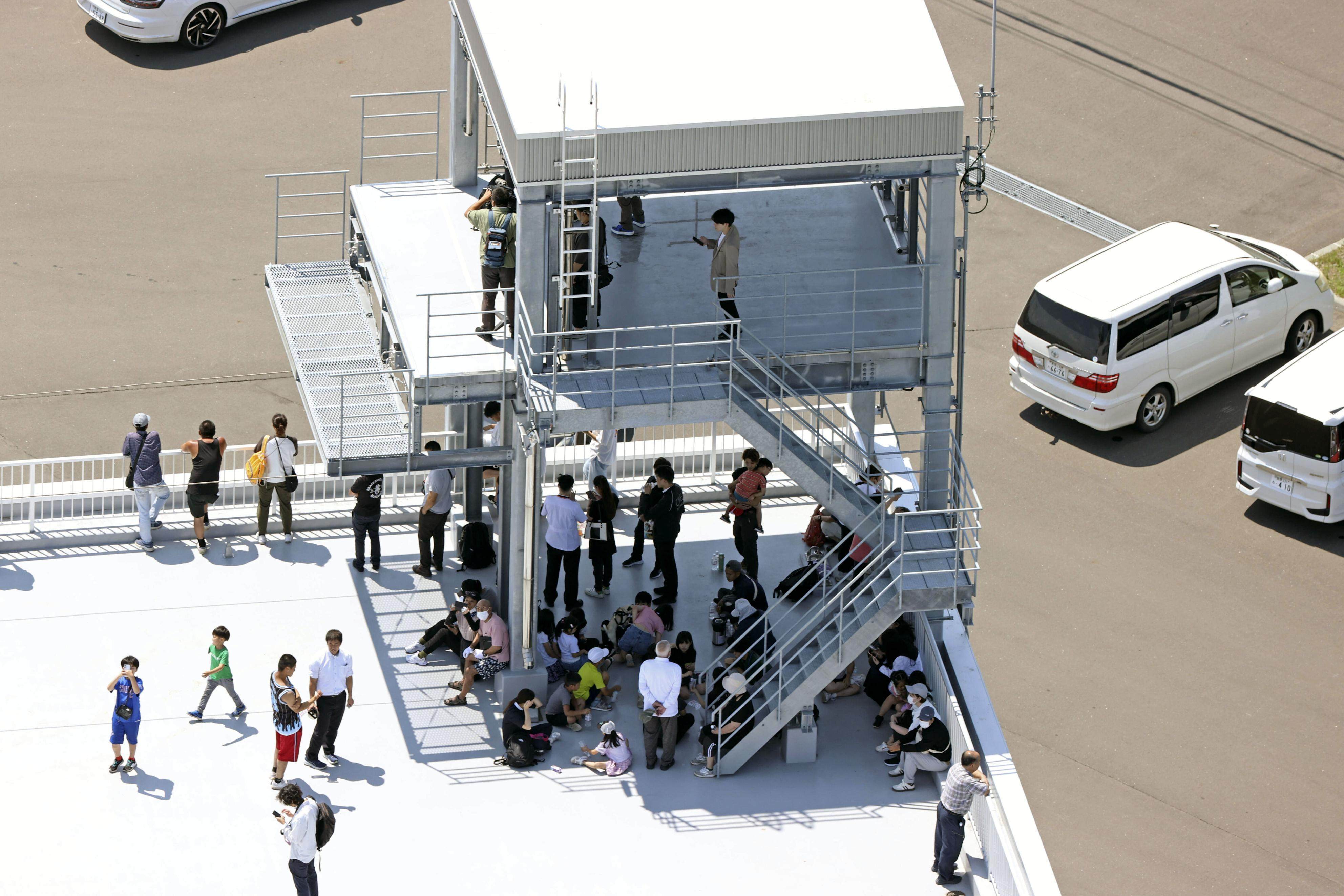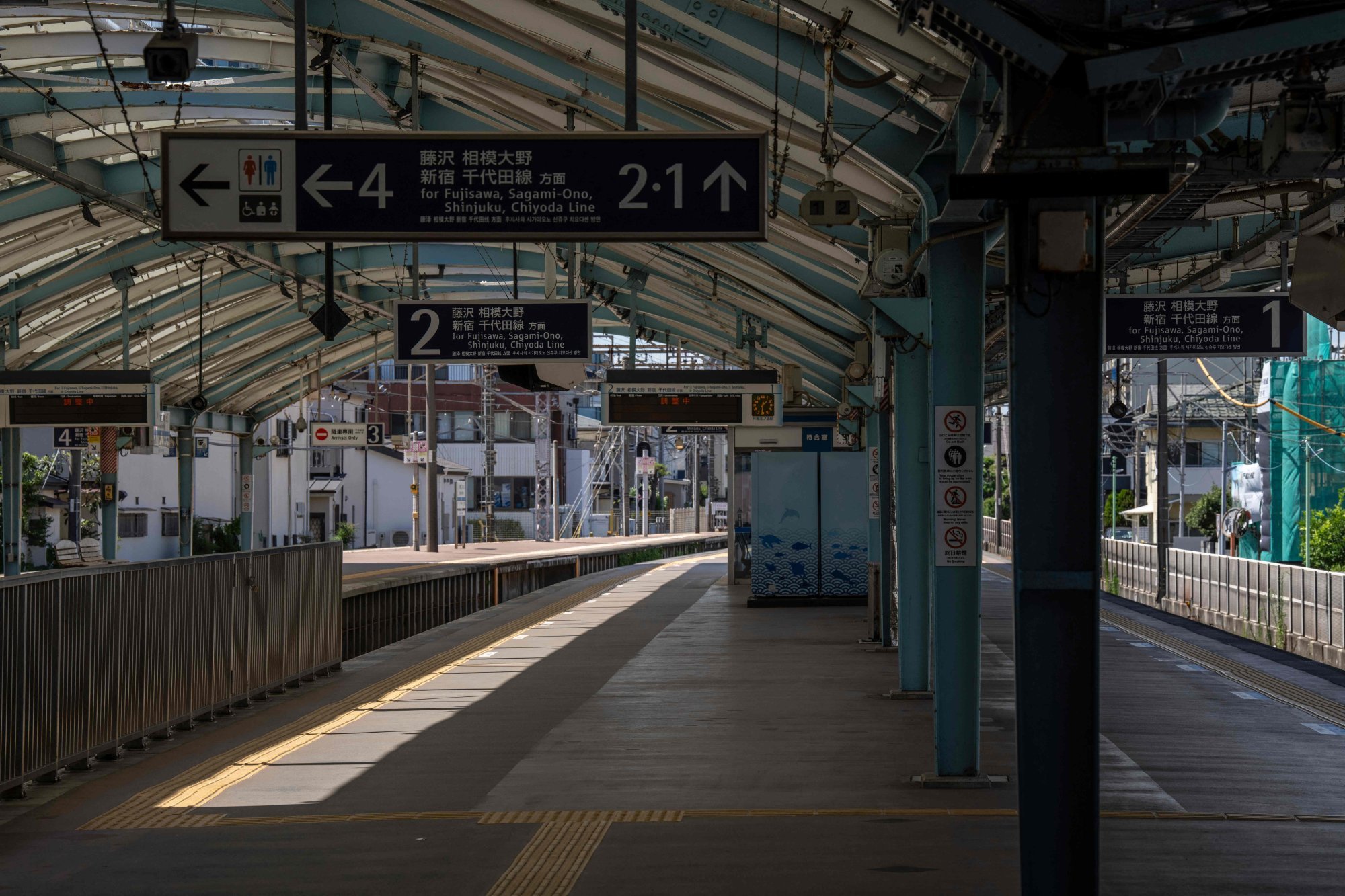Japan urges 2 million to evacuate after powerful Pacific quake
‘If you wait until you see the tsunami, it will be too late,’ officials warned as waves as high as three metres were initially forecast

Japan has urged nearly 2 million people to evacuate coastal areas after one of the most powerful earthquakes in decades struck off Russia’s Far East on Wednesday, sending tsunami waves rippling across the Pacific and prompting alerts from Alaska to New Zealand.
The magnitude-8.8 quake, which struck off the Kamchatka peninsula near Petropavlovsk, is among the strongest 10 ever recorded, according to the United States Geological Survey. Tsunami warnings were issued for Japan, Russia’s Kuril Islands, Hawaii and several other Pacific territories.
In Japan, authorities warned of possible waves as high as three metres (9.8 feet) and upgraded alerts for wide swathes of the eastern coastline. As of midday on Wednesday, more than 220 municipalities were under evacuation advisories, the Fire and Disaster Management Agency said, with almost 2 million people urged to move to higher ground.
The Japan Meteorological Agency said a 60cm (24-inch) wave had reached parts of the Pacific coast from Hokkaido down to Tokyo Bay. Officials warned that larger waves could still follow and urged immediate evacuation, saying: “If you wait until you see the tsunami, it will be too late.”
Tsunami alarms sounded in coastal towns and public broadcaster NHK showed residents in Hokkaido sheltering under tents on rooftops, while fishing boats left ports to ride out the waves offshore, according to Reuters.
It prompted manufacturers and retailers to temporarily close their plants and stores along Japan’s Pacific coast, Kyodo reported.
Nissan said it had halted production at three plants in Kanagawa and Fukushima prefectures, ordering employees at its Yokohama headquarters to move to the fifth floor or higher, while drinks maker Kirin Holdings halted operations at two breweries and a winery in Kanagawa and Miyagi prefectures. Sapporo Holdings also shut a brewery in Shizuoka prefecture.
Around 260 7-Eleven stores were closed in Hokkaido, Wakayama and other prefectures, the company said, while Lawson and FamilyMart said they had each closed about 270 outlets.
Only minor injuries have been reported so far. One woman in her sixties was hospitalised after falling while evacuating in Hokkaido, according to Japanese authorities cited by the Associated Press.
“We can’t let our guard down, not after what we learned from the Great East Japan Earthquake,” a woman in her seventies told the Japan Forward news site, referring to the 2011 earthquake and tsunami disaster.

Japan Meteorological Agency official Masashi Kiyomoto said a single tsunami could have a very long cycle of about one hour. “Tsunami are now continuing to be observed,” he said, according to NHK.
Based on observations of past tsunamis after quakes of a similar scale, Kiyomoto said that conditions for large waves would remain in place for at least one more day, warning those sheltering in safe places to avoid leaving them despite the hot weather.
Japan’s Chief Cabinet Secretary Yoshimasa Hayashi said there were no reports of serious injuries or major damage, and no irregularities had been detected at any nuclear facilities.
Still, Reuters reported that the Fukushima Daiichi plant, where a 2011 tsunami triggered a catastrophic meltdown, had temporarily evacuated workers.
Authorities across the Pacific remain on alert as aftershocks continue and tsunami conditions evolve.
Unhandled type: inline-plus-widget {“type”:”inline-plus-widget”}
Wednesday’s quake is the strongest in the area since 1952, when a magnitude-9 temblor off Kamchatka triggered tsunami waves that reached as far as Hawaii. It also revived memories of Japan’s 2011 Tohoku disaster, in which a magnitude-9 quake and resulting tsunami caused widespread devastation and the Fukushima nuclear crisis.